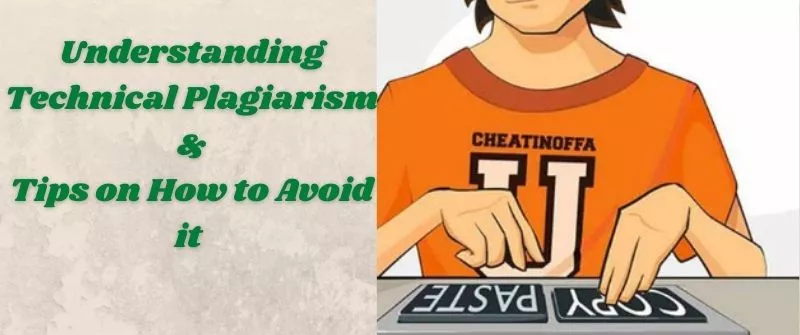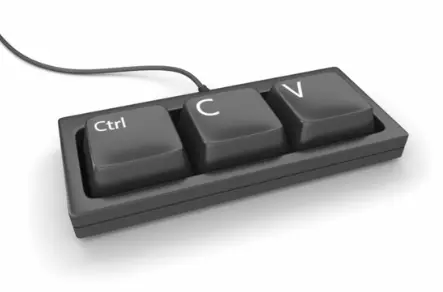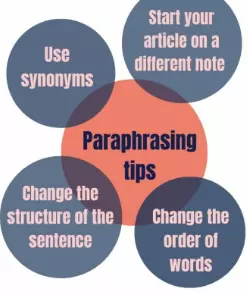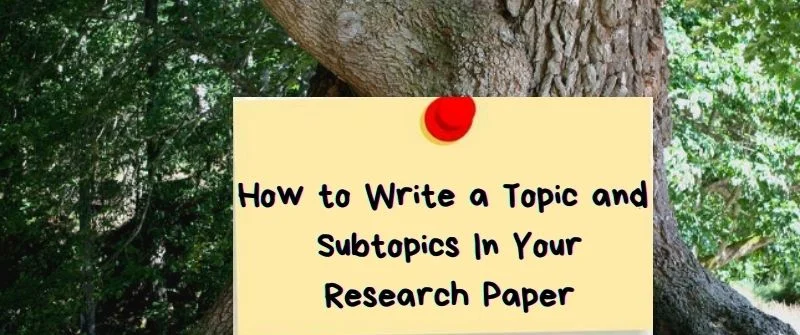Technical Plagiarism: Definition, Examples and How to Avoid

Plagiarism refers to copying or duplicating assignments with the aim of cheating. However, it is important to know that a student can commit this vice without knowing and with no motives for cheating in exams.
If you present another person’s work as your own, whether knowingly or unknowingly, it is plagiarism in itself.
In a more formal definition, plagiarism is the act of claiming opinions, ideas, materials, and language that belong to another person without his or her knowledge. Because students use different sources of materials when writing essays and research papers, making mistakes is easy.
With a lot of formatting required, it is easy for them to commit acts of plagiarism without knowing.
Whether intentional or not, many institutions condemn plagiarism terming it as dishonest and unethical. From lower grades to expulsion from school, the consequences of plagiarism are too strong to fathom.
It is for these reasons that students must make efforts to present assignments and papers that are acceptable according to the regulations of the institution.
People Also Read: HomeworkLib Review, Is It Free, Legit and Safe
What is Technical Plagiarism?
Technical plagiarism is very common in today’s learning institutions. Most students commit technical plagiarism in the work that they present as their own. But what exactly is it?
Technical plagiarism is a form of plagiarism where students submit copied work without them knowing. It commonly occurs when students submit their assignments without following the rules of citing and referencing the sources.
It can also happen when citations are not well done.
In simple terms, this plagiarism happens with the writer does not have the intention of cheating or deceiving the exam markers.

In most institutions, technical plagiarism does not attract severe punishments such as automatic cancellation of course or school dismissal.
Students are given a chance to revise or their grades are lowered on the particular subject.
People Also Read: Can Students Use SafeAssign on Blackboard to Submit Work
How Is Technical Plagiarism Committed?
Technical plagiarism is committed when the work submitted has information and ideas that lack proper backup evidence. In simple terms, the citation and referencing have not been effected in the right manner.
There is technical plagiarism when the writer did not give all the details of the origin of information in a paper.
Tips To Avoid Technical Plagiarism
Looking at the consequences of plagiarism, a student has to do all it takes to avoid it at all costs. Since technical plagiarism is usually unintentional, avoiding it is not difficult.

Below are some of the tips you can follow to escape this kind of plagiarism:
- When you have already received bad feedback from your initial referencing, it is time to take action. Take time to examine the feedback to make corrections on areas where you went wrong.
- This feedback will help you to put your references in order before you make the second submission. In the event of another mistake in your second submission, the marker may treat it more seriously.
- Observe a lot of care when taking details from your source. Record keeping and taking of notes should be not only in-depth but also accurate. Shortcuts in research with pasting of ideas from sources will land you in plagiarism trouble. It is important to read paragraph by paragraph and then completely grasp the meaning. After this, put everything in your own words as long as the ideas are in line with your assignment.
- Know the citation rules of your assignment paper. As a competent writer, it is important to know when citation is necessary and when not. Understand all ideas that you get in the process of research. This will give you an easy time when citing.
- As discussed earlier, technical plagiarism mostly occurs as a result of poor referencing. To go into details, ensure you master how to properly use your references as evidence of your discussion. Take note that references should not be used to replace part of the discussion in your writing. The writing in your paper should be a true reflection of your interpretation of facts with a backup of referenced sources. Lest you forget, bear in mind that these sources need to be scholarly.
- When working in groups with other students, establish a clear boundary. Group revision or research can bring a lot of similarities in exams. Always ensure that you have your way of expressing the points you got from the discussion. When you are tackling your final assignment, all answers should be in your own words.
- Always have adequate time to do thorough checking before submissions. In most cases, unintentional plagiarism occurs when students finish their work in haste because of last-minute revisions. As a result, it will be difficult to notice any plagiarism blunders or errors.
- Avoid self-plagiarism by submitting sections of works you have submitted previously. Even though ideas will be yours, this work will still be counted as plagiarism.
People Also Read: Personal Description Essay: How to Start and an Example
Understanding Other Types of Plagiarism
1. Blatant Plagiarism

Just like the name suggests, blatant plagiarism is purely intentional. Here, the writer blatantly cheats the teacher or readers into believing that the submitted assignment is his or her work.
This is done to get a better grade or claim. Blatant plagiarism attracts heavy fines from the school administration. Apart from receiving an automatic fail in the course, some schools prefer to expel the student.
Below are examples of blatant plagiarism:
- When you buy a pre-written assignment such as those that are available online.
- Secondly, hiring another person to write a paper for you is blatant plagiarism.
- On the other hand, if you turn on another person’s work and pretend it is yours, you have committed the offense.
- When you present group work and deceive your professor that it is your sole effort.
- Introducing ambiguous citations that are not relevant to your work.
Blatant plagiarism is a disgrace since it is a deliberate form of cheating by students. Fortunately, it is quite easy to avoid it. Always strive to do your work and allocate plenty of time for doing papers. In simple terms, do not be a cheat.
2. Unintentional Plagiarism
In this type of plagiarism, a writer usually commits the act without knowing. This can be a failure to follow the underlying procedures when writing a paper. In most cases, unintentional plagiarism occurs when there is improper citation or simply not including citations and references.
The following are some of the examples of unintentional plagiarism:
- Citation of information sources that are not common knowledge. It is important to understand these sources to cite them correctly.
- Quotations are very risky when you include them in your paper. If you quote them directly using the author’s own words, plagiarism will occur even if there is documentation.
- Paraphrasing words to make a summary in your own words. Even in the presence of documentation, paraphrasing can result in unintentional plagiarism.
- Writing the same words, intentions, and tone of a source. Writers must try to be as different as possible from the source of their information.

Unlike blatant plagiarism, unintentional plagiarism is easy to avoid. This is because most of the culprits are guilty but they did not have the intention of plagiarizing their work.
To avoid it, observe a lot of caution when making notes or recording details.
Concurrently, make sure you learn all the university terms that involve exams and assignments. The rules and regulations concerning citation must be at your fingertips.
Also, try to fully comprehend the massive significance of referencing in academic works.
Unintentional plagiarism puts a student at risk of being involved in poor academic practice. This is the act of presenting work that is well-researched but failing to score high grades because of flaunting referencing rules.
In the end, you will be liable to penalties such as a reduction of marks or lower grades. These are punitive measures that can hurt your final degree.

When not handling complex essays and academic writing tasks, Josh is busy advising students on how to pass assignments. In spare time, he loves playing football or walking with his dog around the park.




